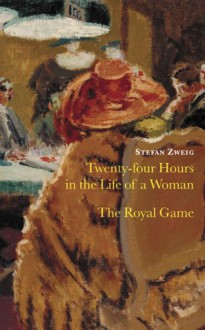
In spite of its title, the novel The Loving Spirit isn’t just another one of those shallow romances set in the picturesque landscape of Cornwall that swamp the book market. Much rather the English novel from 1931 is a family saga with obvious echoes of Emily Brontë’s Wuthering Heights and poetry.
Spanning a hundred years, it shows the fate of four generations of the Coombie family starting in 1830 with wild Janet whose boundless love not only marks her own life but also that of her descendants... including that of her unloved son who makes a fortune to gain power and have his revenge to the very last. But he can't destroy the strong seed that Janet planted.
Please click here to read my long review on Edith’s Miscellany!

 Log in with Facebook
Log in with Facebook 







